When selecting tiles it is crucial to know vitrified tile vs ceramic tile. In many homes, adorning the inside as well as the outside with tiles is an important part of the overall design. Whether you have shopped for tiles before or are fresh new to the region, once you see the variety of options available to you, you won’t be able to resist getting more involved in the industry. Ceramics are by far the most common of these materials and may be separated into two distinct categories: vitrified tiles and natural ceramics. You may have a tough time deciding which tile is preferable due to the plethora of verbiage that is used. Ceramic and vitrified work their magic in your house and completely remodel it. A comprehensive analysis of the differences and similarities between ceramic and vitrified tiles is presented here. In addition, it provides information on the composition, durability, variations, applications, and maintenance requirements of ceramic and vitrified tiles. The texture and appearance of ceramic tiles are often described as being rugged and authentic. They are made entirely of clay, which is then moulded after being subjected to extremely high temperatures during the firing process.  Including more composites enables one to extend the number of alternatives available. Ceramic tiles, for instance, may be purchased in a variety of colors and are easy to set up and repair if they get damaged. Ceramic tiles have the drawback of being porous, which means they retain a lot of moisture and can be difficult to clean. Because of this, utilizing it in locations that have a lot of water is not recommended at all. A glaze is typically applied to ceramic tiles so that the glaze can act as a barrier against moisture, dirt, and scratches. It is typically combined with a glaze when utilized. Because the glaze acts as such a robust barrier, these tiles are ideal for usage not just on floors and walls but also as backsplashes and countertops. Because they are resistant to water, easy to clean, and resistant to germs, they are widely used in damp environments such as bathrooms and kitchens. Other common applications include laundry rooms and basements. Creating vitrified tiles involves a procedure known as annealing, which, as the name suggests, is intended to strengthen the tile and extend the amount of time it will remain in serviceable condition. There are many similarities between ceramic and vitrified tiles; nevertheless, vitrified tiles are more durable, glossy, less porous, and less absorbent than ceramic tiles.
Including more composites enables one to extend the number of alternatives available. Ceramic tiles, for instance, may be purchased in a variety of colors and are easy to set up and repair if they get damaged. Ceramic tiles have the drawback of being porous, which means they retain a lot of moisture and can be difficult to clean. Because of this, utilizing it in locations that have a lot of water is not recommended at all. A glaze is typically applied to ceramic tiles so that the glaze can act as a barrier against moisture, dirt, and scratches. It is typically combined with a glaze when utilized. Because the glaze acts as such a robust barrier, these tiles are ideal for usage not just on floors and walls but also as backsplashes and countertops. Because they are resistant to water, easy to clean, and resistant to germs, they are widely used in damp environments such as bathrooms and kitchens. Other common applications include laundry rooms and basements. Creating vitrified tiles involves a procedure known as annealing, which, as the name suggests, is intended to strengthen the tile and extend the amount of time it will remain in serviceable condition. There are many similarities between ceramic and vitrified tiles; nevertheless, vitrified tiles are more durable, glossy, less porous, and less absorbent than ceramic tiles.  Because of the way in which they are similar, these tiles have a more attractive appearance. This combination is completed before the oven is heated up. In contrast to ceramic tiles, the vitreous surface of vitrified tiles is due to the presence of vitrified, which is an ingredient in vitrified tiles. Clay is another material that is exploited, but in somewhat lower volumes than glass and ceramic tiles. Vitrified tiles are not only incredibly durable but also require very little upkeep, making them ideal for high-traffic areas. As a consequence of this, they are commonly utilized in professional environments. It has a similar appearance to genuine stones like marble and granite, but it is more durable and comes at a much more affordable price. Because of this, it is an excellent alternative to staying in a hotel. Ceramic tiles are more porous than vitrified tiles, which makes them more susceptible to being damaged by water. Vitrified tiles have a lower porosity. Because of this, the use of ceramic tiles outside is not something that is recommended. In regions with colder temperatures, this may also be a problem since water can leak into the spaces between the tiles and then freeze, causing bodily injury. Ceramic tiles are an excellent option for use in areas of a building that are not frequently exposed to liquids, such as living rooms, dining rooms, and corridors.
Because of the way in which they are similar, these tiles have a more attractive appearance. This combination is completed before the oven is heated up. In contrast to ceramic tiles, the vitreous surface of vitrified tiles is due to the presence of vitrified, which is an ingredient in vitrified tiles. Clay is another material that is exploited, but in somewhat lower volumes than glass and ceramic tiles. Vitrified tiles are not only incredibly durable but also require very little upkeep, making them ideal for high-traffic areas. As a consequence of this, they are commonly utilized in professional environments. It has a similar appearance to genuine stones like marble and granite, but it is more durable and comes at a much more affordable price. Because of this, it is an excellent alternative to staying in a hotel. Ceramic tiles are more porous than vitrified tiles, which makes them more susceptible to being damaged by water. Vitrified tiles have a lower porosity. Because of this, the use of ceramic tiles outside is not something that is recommended. In regions with colder temperatures, this may also be a problem since water can leak into the spaces between the tiles and then freeze, causing bodily injury. Ceramic tiles are an excellent option for use in areas of a building that are not frequently exposed to liquids, such as living rooms, dining rooms, and corridors.  However, many ceramic tiles have a special polish that makes them more resistant to damage caused by water. Tiles of this sort work particularly well in moist environments like bathrooms and kitchens. Because they are impervious to water, the vitrified tiles can be utilized successfully in either an indoor or an outdoor setting. Vitrified tiles are an excellent option for use inside areas that are prone to a high volume of liquid accidents, such as restrooms, kitchens, and bathrooms because they are so simple to clean up in the event of a spill or mishap. This makes vitrified tiles an excellent choice for use in these kinds of areas. An extra possibility is tiling the whole floor of your house with vitrified tiles all the way from the entryway to the bathroom. It will not exhibit any indications of wear and tear over a very long period of time and will give any space in your house a shiny appearance. It will also endure a very long time. A house can be nothing more than an empty structure. In the same way, that way isn’t complete without accessories and decorations, a house is the same way. These tiles will make a significant improvement to the interior of your home. Have you got yourself mixed up about the difference between ceramic and vitrified tiles?
However, many ceramic tiles have a special polish that makes them more resistant to damage caused by water. Tiles of this sort work particularly well in moist environments like bathrooms and kitchens. Because they are impervious to water, the vitrified tiles can be utilized successfully in either an indoor or an outdoor setting. Vitrified tiles are an excellent option for use inside areas that are prone to a high volume of liquid accidents, such as restrooms, kitchens, and bathrooms because they are so simple to clean up in the event of a spill or mishap. This makes vitrified tiles an excellent choice for use in these kinds of areas. An extra possibility is tiling the whole floor of your house with vitrified tiles all the way from the entryway to the bathroom. It will not exhibit any indications of wear and tear over a very long period of time and will give any space in your house a shiny appearance. It will also endure a very long time. A house can be nothing more than an empty structure. In the same way, that way isn’t complete without accessories and decorations, a house is the same way. These tiles will make a significant improvement to the interior of your home. Have you got yourself mixed up about the difference between ceramic and vitrified tiles?  These ceramic tiles have a finish after polishing, in contrast to glaze tiles, which have a polished and smooth surface throughout their manufacturing process. The look of your home as a whole is determined by the minutiae of its design, such as the tiles. As a consequence of this, there are essential aspects of both ceramic and vitrified tiles that need to be taken into consideration. You are able to blend these two categories depending on where you are and the look that you are going for. Tiles made of vitrified are a suitable option for flooring. Use ceramic tiles instead of vitrified ones for a bit more personality and color, as well as to combat the more industrial and artificial aspects of vitrified tiles. Ceramic tiles are available in a wider variety of colors.
These ceramic tiles have a finish after polishing, in contrast to glaze tiles, which have a polished and smooth surface throughout their manufacturing process. The look of your home as a whole is determined by the minutiae of its design, such as the tiles. As a consequence of this, there are essential aspects of both ceramic and vitrified tiles that need to be taken into consideration. You are able to blend these two categories depending on where you are and the look that you are going for. Tiles made of vitrified are a suitable option for flooring. Use ceramic tiles instead of vitrified ones for a bit more personality and color, as well as to combat the more industrial and artificial aspects of vitrified tiles. Ceramic tiles are available in a wider variety of colors.


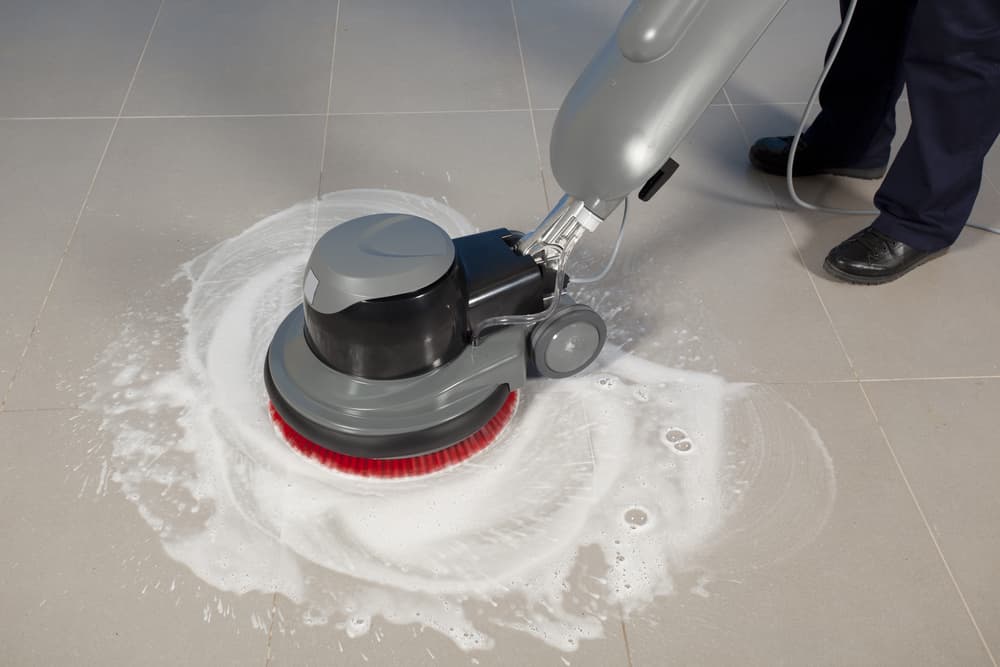

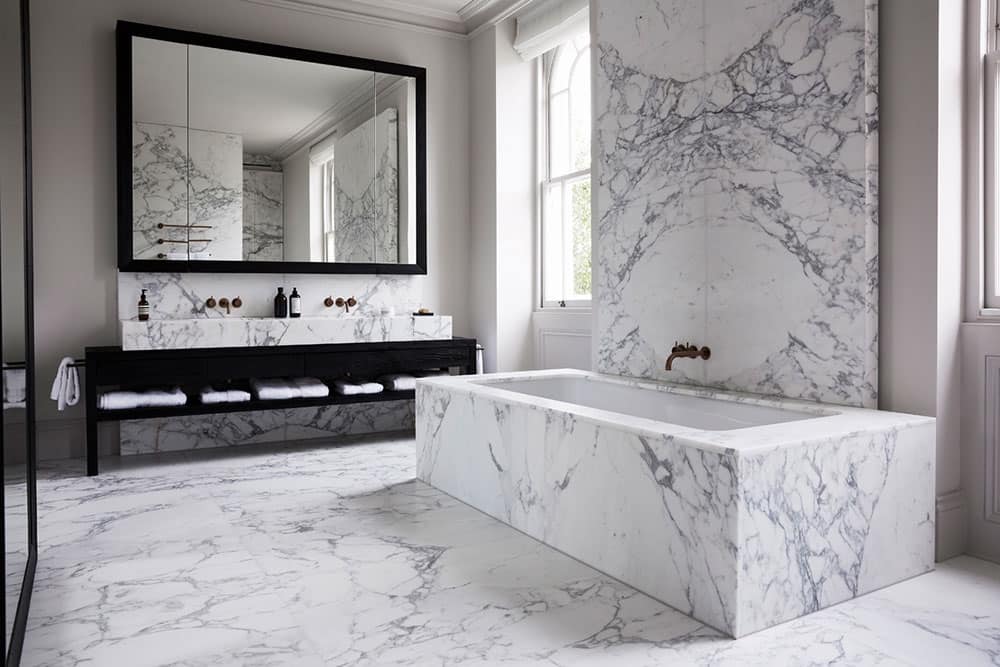
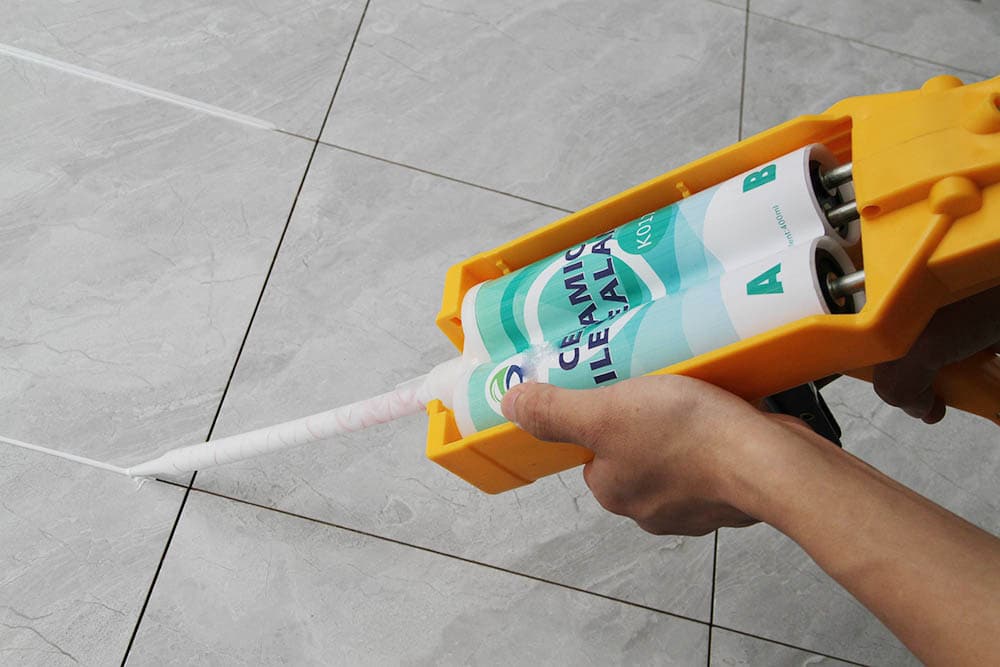
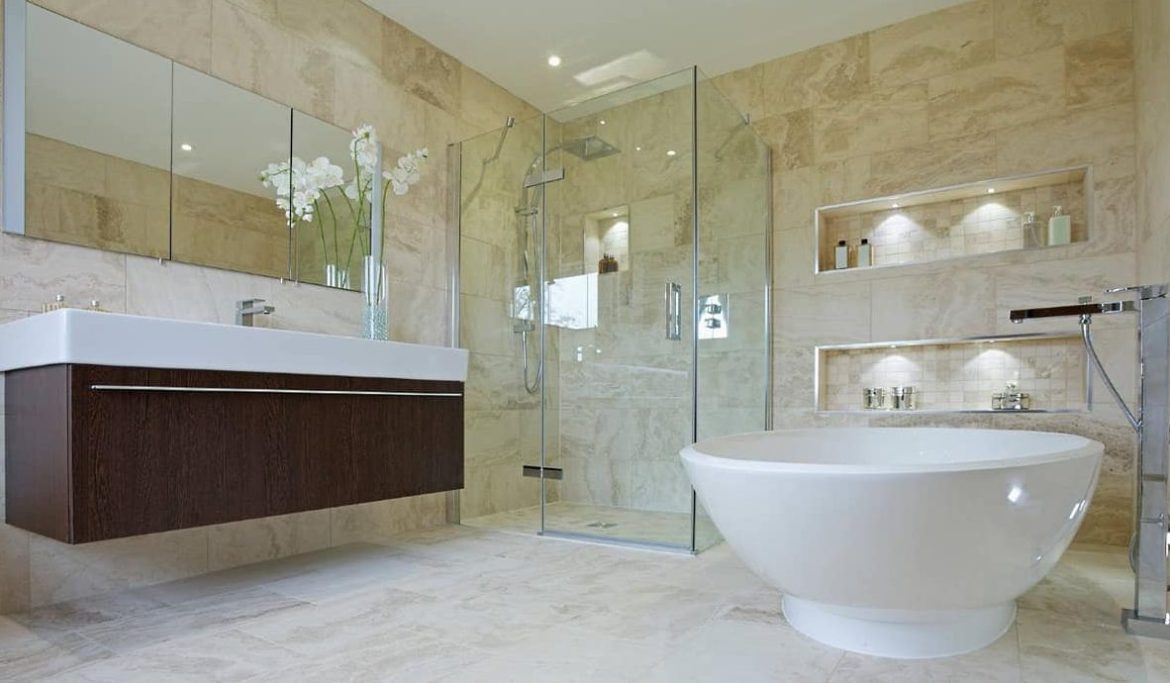


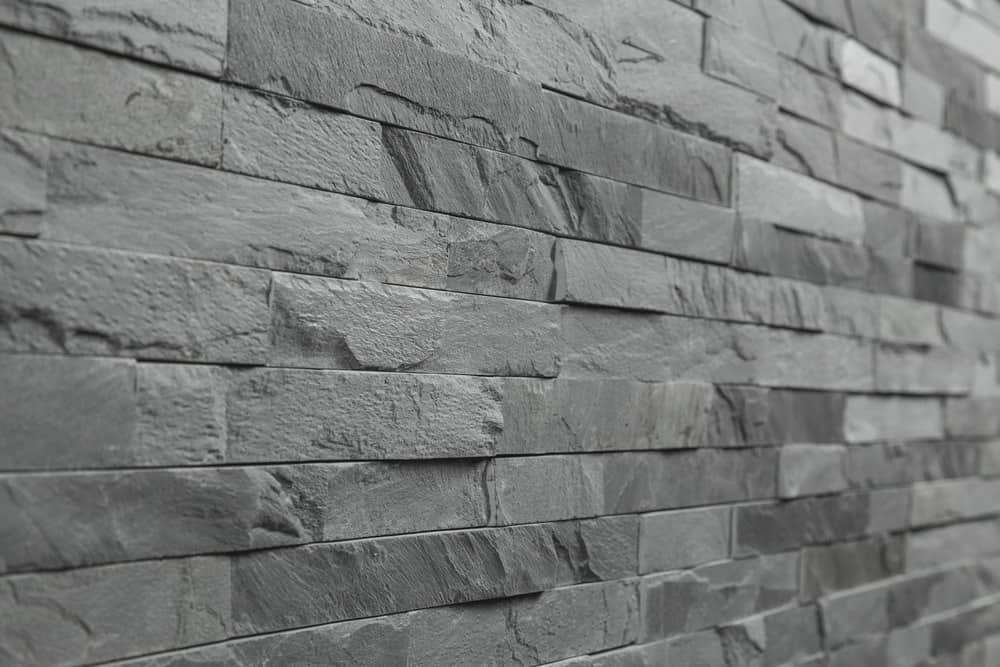
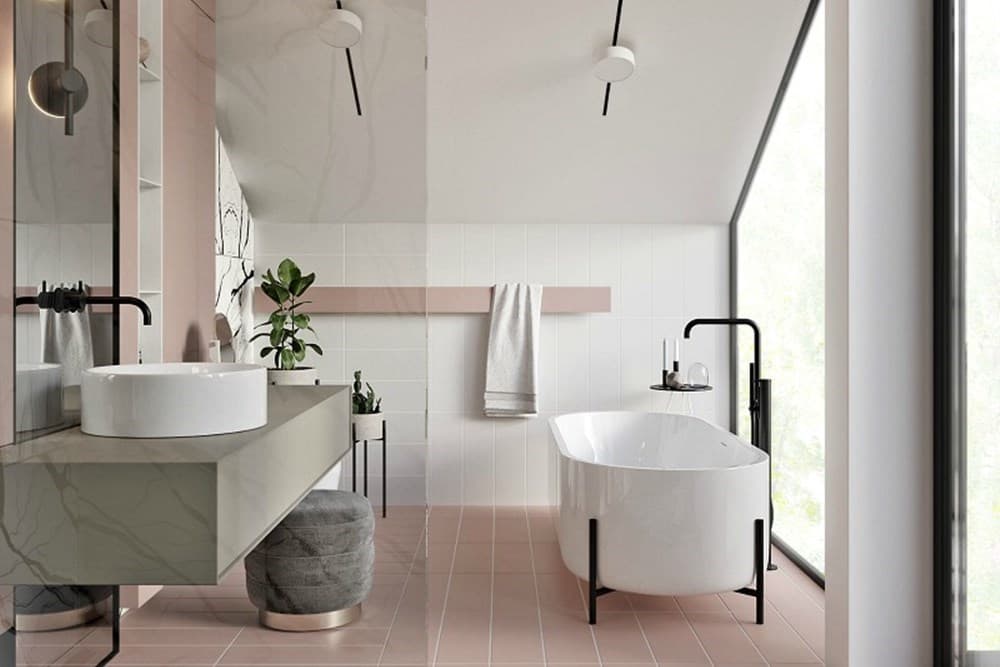
Your comment submitted.